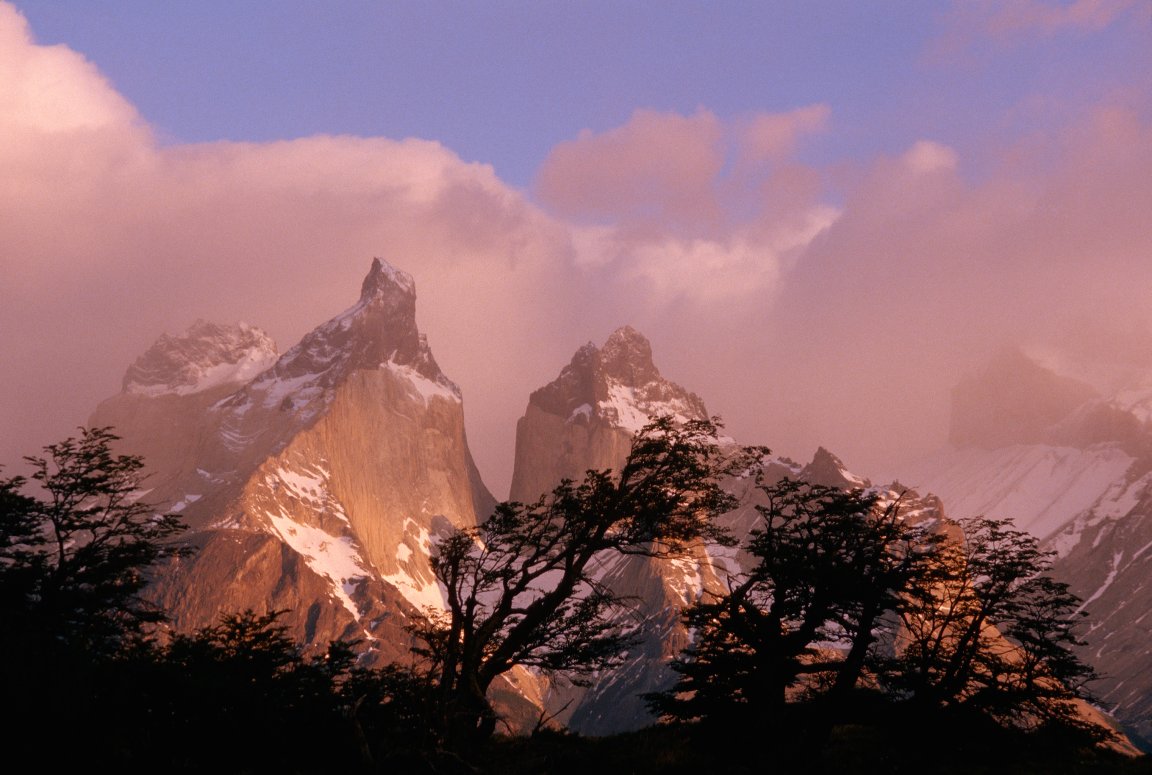
Keeping the Wilderness Wild
Prompted by the 10 million acre gift of Parque Pumalín, the Chilean government has announced a massive conservation campaign. President Michelle Bachelet signed an agreement which merged 10 million acres of federal land with the million acres of Pumalín, creating five new national parks and placing all of it under the strict environmental protection afforded to designated national parklands. Miles of undeveloped coastline, virgin forests, and active volcanoes grace the area which dwarfs all other protected areas in Chilean history.
The 11 million acres of Patagonian wilderness aren’t dissimilar to the granite cliffs and icy peaks of Yosemite — but the Yellowstone and Yosemite park areas together make up less than one third of the area now contained in Chile’s new protected parklands. Put another way, the parklands are 5,000 times larger than Manhattan’s Central Park. This single act places Chile in the neighborhood of Costa Rica, one of the world’s countries with the highest percentages of protected lands.
Bachelet praised American philanthropists Doug Tompkins and Kristine McDivitt Tompkins for their work in support of the preservation of Patagonia—a passion project they’ve been pursuing for decades. Doug Tompkins didn’t live to see his dream come to fruition; he died in a kayak accident in 2015. At the time of the announcement there was no opposition to the conservation project, but Tompkins had fought major resistance mostly from local politicians—often taking the form of a personal smear campaign—for years.

Investing In Chile’s Future
Today, it seems that everyone in the country’s government agrees on the benefits parklands will bring to the country. This move toward conservation is smart for ecological reasons, and represents a massive safeguard against habitat destruction. It’s also a clever economic move for Chile: the parklands are among the nation’s biggest drivers of tourism, and most of the trails, infrastructure, cabins, and other related services are already in place. The formal protection will now ensure that the parklands are guarded as they are enjoyed by tourists and locals alike.
“National parks are the gold standard of conservation,” said Hernán Mladinic, a longtime advocate of protecting southern Chile’s ecosystems.
For every dollar you invest in national parks, you get 10 back; it’s more profitable than copper.
The new parks will be modeled after the “wild and scenic highways” aesthetic American parks are known for: artfully designed signage, scenic lookout points, and roads that avoid disturbing the naturally rugged terrain, instead following its contours. Kris Tompkins oversees “rewilding” programs in Argentina, which have been successful at bringing many species back from the brink of extinction. She hopes they will implement similar programs in Chile.
This action of aggressive conservation by the Chilean government on behalf of the people stands in clear contrast to the current political climate in the U.S. Although the parklands in Chile are being designed after a classically American model for national parks, new U.S. policies reversing preservation accords, slashing budgets directed towards environmental science and conservation, and rejecting climate science threaten the integrity of U.S. parklands that have served as the gold standard for the rest of the world for so long.